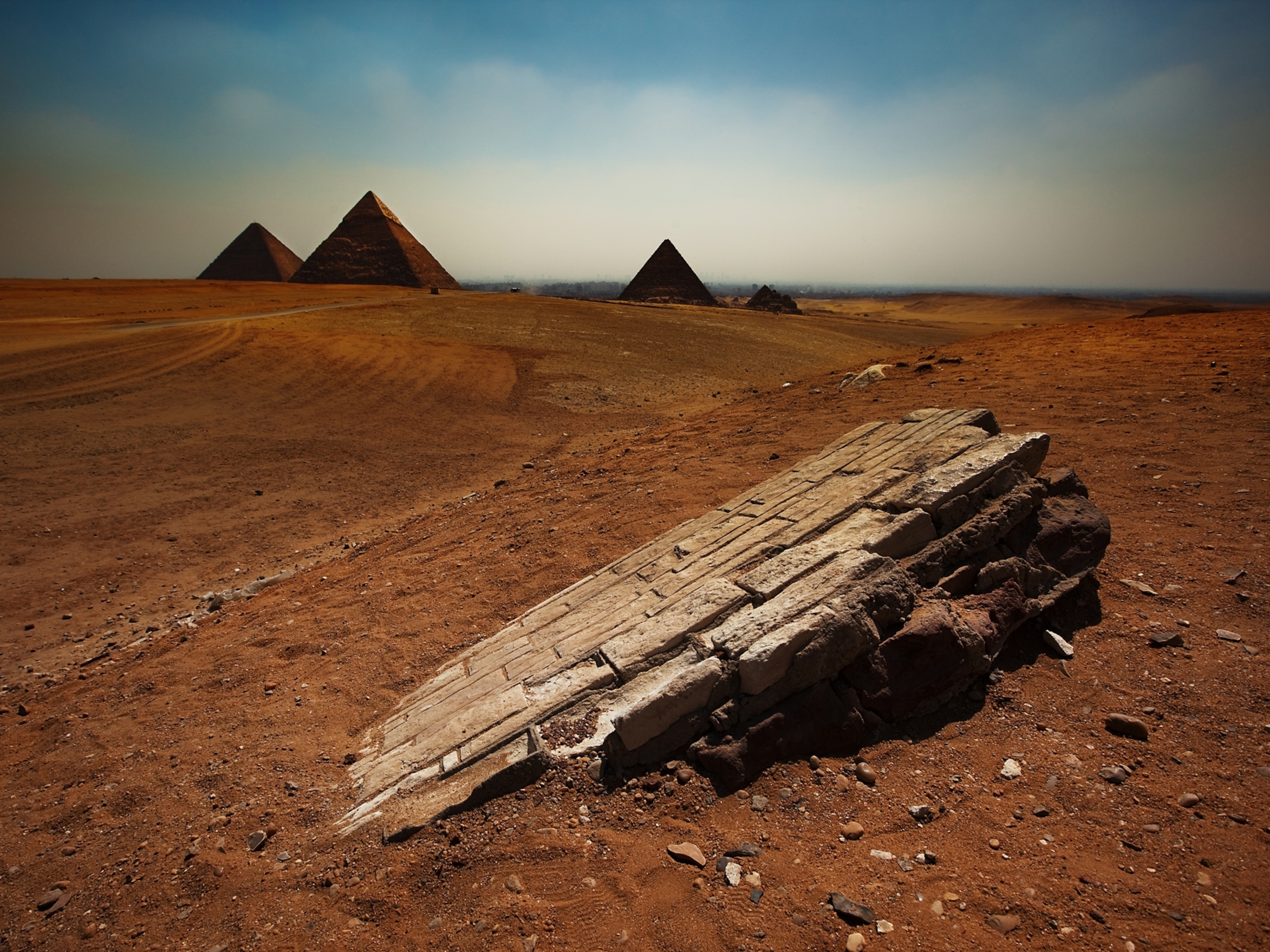This River in Russia Just Turned Red
The mystery cause has not been confirmed, but residents have a few suspicions.
The Daldykan River in Russia, which flows through the industrial city of Norilsk above the Arctic Circle, changed from its usual blue-green color to bright red over the last couple of days. There is no official scientific report identifying a reason for the change, but two theories have emerged.
The first is that the red color comes from the large quantity of iron that occurs naturally in the ground in that region. The second is a chemical leak.
Norilsk is plagued by pollution from many nearby factories, and ABC News reports that Russia's environment ministry has said there may be a leak in waste pipes that belong to mining and smelting company Norilsk Nikel, owner of a local nickel factory. The ministry was alerted to the problem and got involved because of social media posts, but officials are still trying to locate the exact source of the red pollutant.
Norilsk Nikel, which also owns many other factories in the area, has denied that there are any leaks in its facilities, but said they are doing environmental checks just in case, as Atlas Obscura reports. In a statement sent to National Geographic, the company said they cannot confirm that any leaks are impacting the state of the river, but they are continuing to monitor the environment around the river and corporate production sites. They have also decreased the current output of the factory near the river.
Locals are not surprised—they said they've seen the river turn red before. One person on social media claimed that workers at a nearby factory call a reservoir that is connected to it "the Red Sea" because it turns red from their factory's ore runoff, according to ABC News.
Heather Brady is a digital producer at National Geographic. Follow her on Twitter.





